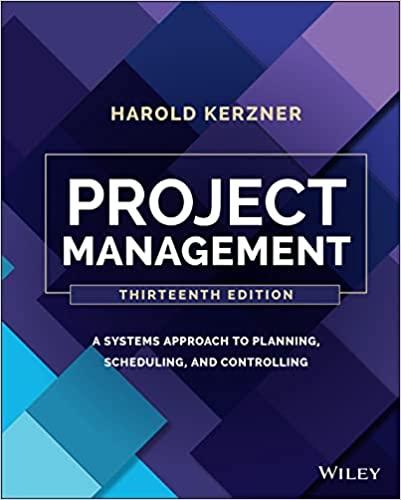Question
Please respond to the discussion post (below) and with relevant sources. Traditional bureaucratic organizations are characterized by a clear hierarchy, strict rules, and formalized procedures.
Please respond to the discussion post (below) and with relevant sources.
Traditional bureaucratic organizations are characterized by a clear hierarchy, strict rules, and formalized procedures. While these elements can ensure order and efficiency, they can also create barriers to effective communication. To overcome these challenges, organizations can encourage open communication channels by establishing open communication channels at all levels of the organization to help reduce misunderstandings and foster a culture of transparency. This can include regular meetings, suggestion boxes, and open-door policies where employees feel comfortable voicing their concerns and ideas (Mintzberg, 2017). Implement cross-functional team to encouraging collaboration through cross-functional teams to promote a more integrated approach to problem-solving. These teams can facilitate better communication and understanding between different departments. Then there is training and development that can provide training on effective communication skills and conflict resolution. This would lead to empowering employees to communicate more effectively and navigate the complexities of a bureaucratic structure (Roberts & Pregitzer, 2018).
Computerized communication, including emails, intranets, and collaboration tools, can significantly enhance the effectiveness of communication within a bureaucratic organization. These technologies can improve accessibility and speed. Digital communication tools enable instant access to information and facilitate quick dissemination of messages across the organization. This can help ensure that everyone is informed in a timely manner. Computerized communication also allows for better documentation and tracking of information. Emails, for instance, create a written record that can be referred to later, reducing the chances of miscommunication. Tools such as shared document platforms and project management software can also enhance collaboration by allowing multiple users to work on documents simultaneously, share updates, and provide feedback in real time.
Despite the advantages, computerized communication can also present challenges. The ease of sending emails and messages can lead to information overload, where employees receive more communication than they can effectively process. Additionally, the lack of non-verbal cues in digital communication can result in misinterpretation of tone and intent (Baruch, 2019). Digital communication systems can also be vulnerable to security breaches, which can compromise sensitive information. Organizations would need to implement robust cyber security measures to protect their communication channels.
From a Christian worldview perspective, effective communication within organizations can be guided by principles of honesty, respect, and stewardship. Ephesians 4:29 (NIV) emphasizes the importance of wholesome communication: "Do not let any unwholesome talk come out of your mouths, but only what is helpful for building others up according to their needs, that it may benefit those who listen." This scripture highlights the need for communication that is constructive and beneficial to all parties involved. An organization can do that by encouraging honest and open communication that builds trust within the organization. This can be achieved by fostering a culture where transparency is valued and practiced. Effective communication requires understanding and valuing different perspectives also. Training employees to listen actively and respond with empathy can help create a more respectful and inclusive work environment. Utilizing communication tools responsibly and ensuring that they are used to enhance productivity and collaboration aligns with the principle of stewardship. This includes managing digital communication channels effectively to prevent misuse and information overload.
Step by Step Solution
There are 3 Steps involved in it
Step: 1

Get Instant Access to Expert-Tailored Solutions
See step-by-step solutions with expert insights and AI powered tools for academic success
Step: 2

Step: 3

Ace Your Homework with AI
Get the answers you need in no time with our AI-driven, step-by-step assistance
Get Started


